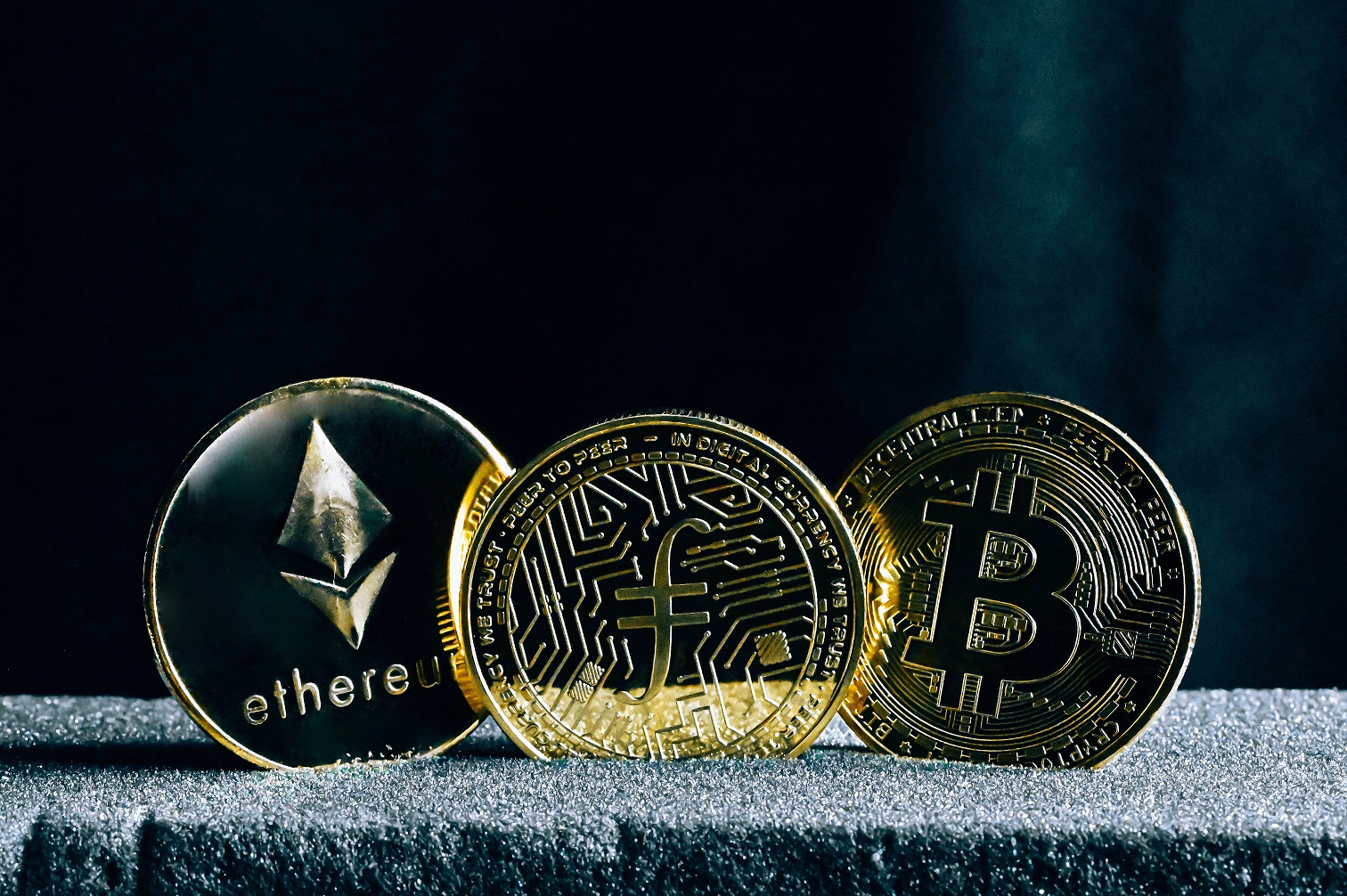Cryptocurrency has been gaining momentum globally and the Philippines is no exception. The nation is embracing digital currency and its potential to revolutionise financial transactions. In the past few years, cryptocurrency has become increasingly popular in the Philippines, with more and more people investing in it and businesses starting to accept it as payment. As a result, the country is starting to see the benefits of cryptocurrency and the advantages it offers to both individuals and businesses.
The Philippine currency, known as the peso, has a long and fascinating history. The first pesos were issued in 1852 when the country was still a Spanish colony. They were initially made of silver and were used as a form of payment by the Spanish government. After the Philippine revolution of 1898, the first official Philippine coins were introduced in 1902. They were made of gold and silver, and were used until the introduction of paper money in 1903. The paper money was printed in various denominations, from one cent to two thousand pesos. During the American occupation of the Philippines from 1898 to 1946, the US dollar became the official currency of the country. In 1949, the Philippine peso was re-established as the official currency. If you take on an El Nido tour package you might be able to learn about this history from the locals.
In recent years, the peso has seen a dramatic decline in value due to rising inflation. Inflation is when prices rise rapidly and wages don’t keep pace with them, which means that people have less money to spend on goods and services. This has been a major problem for many countries around the world, including the Philippines. In the past few decades, the Philippine peso has depreciated by more than 60%. In 2019, it was at its lowest point ever, with an exchange rate of P52.50 to US$1. This devaluation of the peso has caused inflation to skyrocket, as well as poverty levels to increase. This high inflation rate has made it difficult for people to save money and plan for their future. As a result, more and more Filipinos are turning to alternative forms of payment such as cryptocurrency. Cryptocurrency offers a more secure way to store and transfer money, as well as the ability to send money anywhere in the world in a matter of seconds. This is especially useful for people in developing countries, who may not have access to traditional banking services.
Since the introduction of Bitcoin in 2009, the Philippines has been one of the leading countries in the world in terms of embracing cryptocurrency. As a result, it has become a major hub for digital assets and financial technology. The Philippines Central Bank first declared its intent to regulate cryptocurrencies in 2014 when they recognized them as a legitimate payment system. Since then, the BSP has implemented regulations to ensure that cryptocurrency transactions are compliant with anti-money laundering laws and consumer protection. These regulations have allowed the Philippines to become a haven for cryptocurrency users, with an estimated 2 million Filipinos currently holding some form of digital asset. In addition to regulating cryptocurrencies, the BSP has also announced plans to launch a central bank digital currency (CBDC). This move is part of the government’s efforts to improve the country’s financial system and make it more efficient. It is also hoped that the CBDC will promote financial inclusion for all Filipinos.
Cryptocurrency usage is growing as a result of its perceived benefits, such as its increased security, low transaction fees, and faster transaction times. One of the most common uses of cryptocurrencies in the Philippines is for remittances. The Philippine Overseas Employment Administration (POEA) requires all Filipinos working abroad to send at least 10 percent of their income home to their families. This can be done through a traditional bank transfer or with cryptocurrency. Cryptocurrency offers a faster and more secure way to send money home, as well as a lower cost than traditional methods. Cryptocurrency is also used by some businesses and entrepreneurs in the Philippines as a form of payment. This has been made possible by the rise of cryptocurrency exchanges and payment gateways that allow businesses to easily accept cryptocurrency payments. Businesses also benefit from using cryptocurrency due to its low transaction fees and faster settlement times.
Despite the fact that the Philippines government has not yet implemented any regulations surrounding cryptocurrency, several businesses have already begun accepting payments in Bitcoin and other cryptocurrencies. This includes online stores, restaurants, and even some banks. In addition, more Filipinos are investing in cryptocurrencies for trading and long-term investments. This is due to the fact that cryptocurrencies can provide higher returns on investment than traditional stocks or bonds. The use of cryptocurrencies in the Philippines is also expected to grow due to its wide availability and ease of access. With the help of mobile wallets, Filipinos are able to easily store and transfer cryptocurrencies to different people or businesses. Furthermore, blockchain technology is being used to create smart contracts which could be utilised in various industries such as banking and insurance.Overall, the future of cryptocurrency in the Philippines is looking very positive.
Photo by Traxer on Unsplash
For updates and exclusive offers enter your email.
Bitcoinist is the ultimate news and review site for the crypto currency community!
Bitcoin news portal providing breaking news, guides, price analysis about decentralized digital money & blockchain technology.
© 2022 Bitcoinist. All Rights Reserved.
Author
Administraroot


